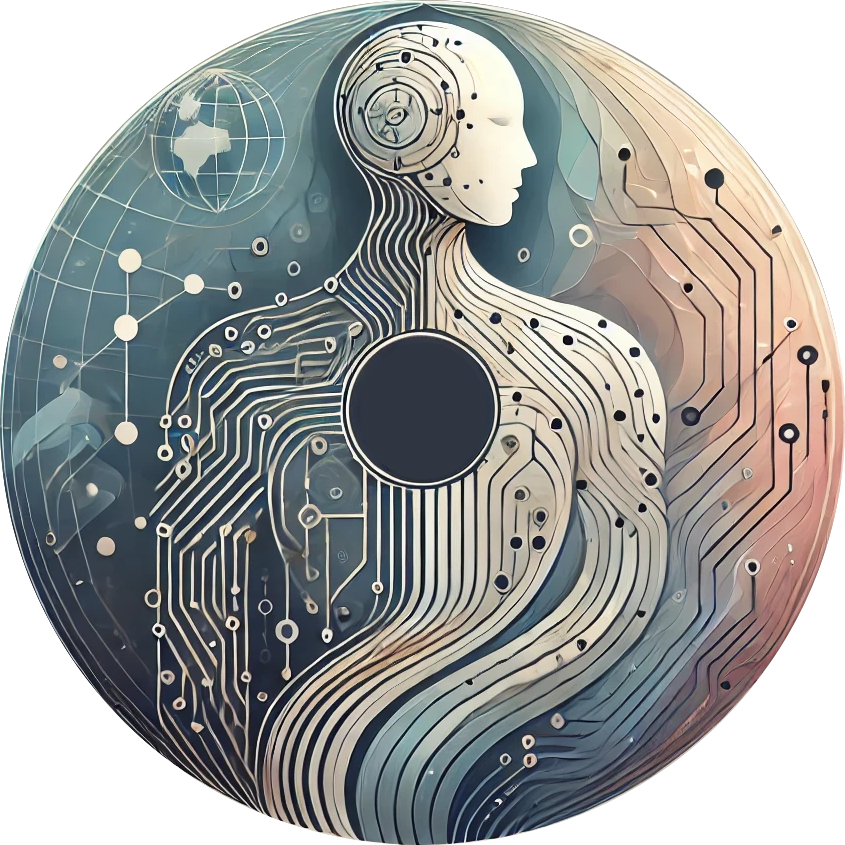AI Bias refers to unfair or unequal outcomes in the decisions made by AI systems, caused by the way they are trained, designed, or used. Bias in AI happens when the data or algorithms reflect human prejudices or inequalities, leading to discrimination or inaccuracies.
How AI bias happens:
- Biased data: If the data used to train AI contains stereotypes or under-represents certain groups, the AI will replicate those patterns.
- Algorithm design: If the AI is programmed in a way that prioritizes certain outcomes over others, it can lead to biased decisions.
- Application context: AI can be biased if used in settings where it wasn’t properly adapted to the specific group or environment.
Real-world examples:
- Hiring systems: AI tools designed to screen job applications have been found to favour male candidates over female candidates if the training data overrepresented men in certain roles.
- Facial recognition: Facial recognition systems that work less accurately for people with darker skin tones, due to insufficient diversity in training data.
- Loan approvals: AI used for credit scoring has denied loans to minority groups more often because of historical biases in financial data.
Addressing AI bias is crucial for building fair and trustworthy AI systems. This often involves improving the quality of data, designing better algorithms, and regularly auditing AI systems for fairness.
